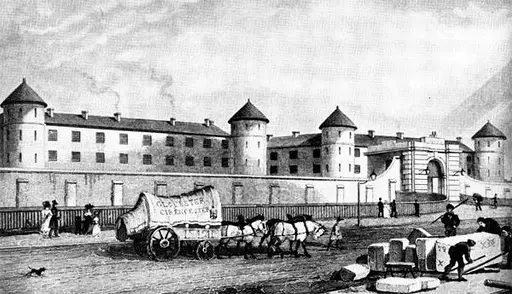People were bothered about law and order in Victorian Britain. The Victorian era was not free from crimes. The people believed that only punishment can serve as a solution to the problem of increasing the crime rate.
The number of convicted criminals increased so sharply that they decided that prisons were the best form of punishment. Between 1842 and 1857, 90 prisons were built. Charles Dickens discusses the life in these prisons in his works like Great expectations. In Victorian England, Debt was no less than a crime.
Who went to a debtor’s prison?
The debtors were sent to jail until they were able to pay off their debts. These were called debtors prisons, a peculiar form of punishment. Indefinite incarceration was the mode of punishment. Sometimes, the convicts stayed with their families in the prison. Family members were free to come and go according to their wish. Therefore, even children were born and raised there.

Debtor’s prison living conditions
The prisons were full of rats, lice and fleas. The prisoners were denied basic necessities of life such as food, water and clothing. It is said that these places were dirty and filthy that around 25% of the inmates died due to these horrible living conditions.
The debtors were imprisoned and tortured at the pleasure of the creditors. When other countries of Europe had legislation limiting the debt imprisonment term to 1 year, England did not have such a law. When in 1842, the fleet prison was closed; it was found that debtors were there for more than 30 years.
It was the Bankruptcy act of 1869 which abolished debtors prisons.